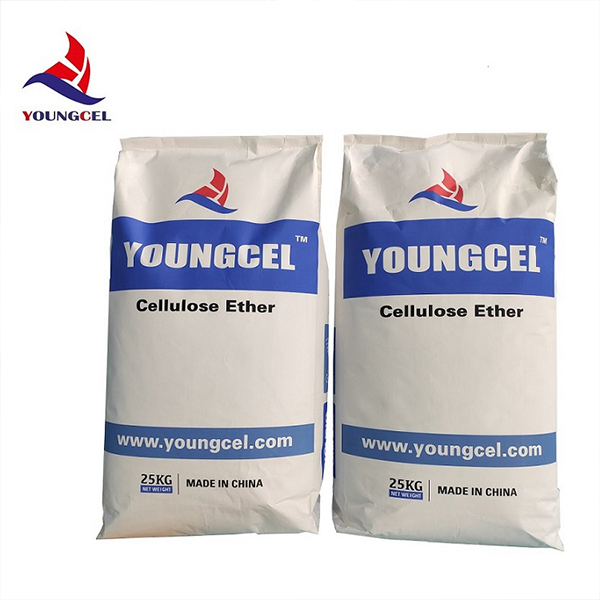Jul . 12, 2024 03:30
Back to list
Hpmc pricing trends for paint industry and its impact on costs
In recent years, the price of Hydroxypropyl Methyl Cellulose (HPMC) as a key ingredient in paint production has been a topic of concern for many manufacturers. HPMC is a commonly used cellulose ether that acts as a thickener, film former, and stabilizer in water-based paints. Its versatility and effectiveness have made it an essential component in the formulation of high-quality paints.
The price of HPMC fluctuates due to various factors such as raw material costs, market demand, and production capabilities. As a result, paint manufacturers are constantly monitoring HPMC prices to ensure they can maintain competitive pricing for their products. The cost of HPMC can significantly impact the overall production cost of paints, making it crucial for manufacturers to find a balance between quality and affordability.
One of the main reasons for the fluctuations in HPMC prices is the volatility of raw materials used in its production. The prices of commodities such as cellulose and propylene glycol, which are key components in HPMC manufacturing, can vary greatly depending on market conditions. This directly affects the cost of HPMC and, subsequently, the final price of paint products.
Another factor that influences HPMC prices is market demand. As the construction industry continues to grow and demand for high-quality paints increases, the need for HPMC also rises

hpmc price for paint. This can lead to a surge in prices as manufacturers compete for limited supply. Additionally, changes in consumer preferences and environmental regulations can also impact market demand for HPMC and, in turn, its price. Production capabilities and technological advancements in HPMC manufacturing can also affect its price. Manufacturers that have invested in efficient production processes and innovative technologies may be able to offer HPMC at lower prices compared to their competitors. This can give them a competitive edge in the market and attract more customers. To mitigate the impact of fluctuating HPMC prices, paint manufacturers can explore alternative sources of cellulose ethers or adjust their formulations to reduce the reliance on HPMC. They may also consider negotiating long-term supply contracts with HPMC suppliers to secure stable prices. Additionally, investing in research and development to develop new, cost-effective formulations can help manufacturers stay competitive in the market. In conclusion, the price of HPMC for paint production is a complex and dynamic issue that requires careful monitoring and strategic planning by manufacturers. By understanding the factors that influence HPMC prices and implementing effective cost management strategies, paint manufacturers can navigate the challenges posed by fluctuating prices and ensure the continued success of their businesses.

hpmc price for paint. This can lead to a surge in prices as manufacturers compete for limited supply. Additionally, changes in consumer preferences and environmental regulations can also impact market demand for HPMC and, in turn, its price. Production capabilities and technological advancements in HPMC manufacturing can also affect its price. Manufacturers that have invested in efficient production processes and innovative technologies may be able to offer HPMC at lower prices compared to their competitors. This can give them a competitive edge in the market and attract more customers. To mitigate the impact of fluctuating HPMC prices, paint manufacturers can explore alternative sources of cellulose ethers or adjust their formulations to reduce the reliance on HPMC. They may also consider negotiating long-term supply contracts with HPMC suppliers to secure stable prices. Additionally, investing in research and development to develop new, cost-effective formulations can help manufacturers stay competitive in the market. In conclusion, the price of HPMC for paint production is a complex and dynamic issue that requires careful monitoring and strategic planning by manufacturers. By understanding the factors that influence HPMC prices and implementing effective cost management strategies, paint manufacturers can navigate the challenges posed by fluctuating prices and ensure the continued success of their businesses.
Latest news
-
Premium Detergent Grade HPMC Hydroxypropyl Methylcellulose: Superior Thickening & StabilityNewsAug.31,2025
-
HEC 100000 Hydroxyethylcellulose for Paint | Superior ThickeningNewsAug.30,2025
-
Wall Putty Rdp Powder Packaging DesignNewsAug.29,2025
-
Introduction to Hpmc Hydroxypropyl Methyl CellulosNewsAug.29,2025
-
Hpmc Industri Grade IntegrationNewsAug.29,2025
-
How to Choose the Right Construction AdhesiveNewsAug.29,2025




